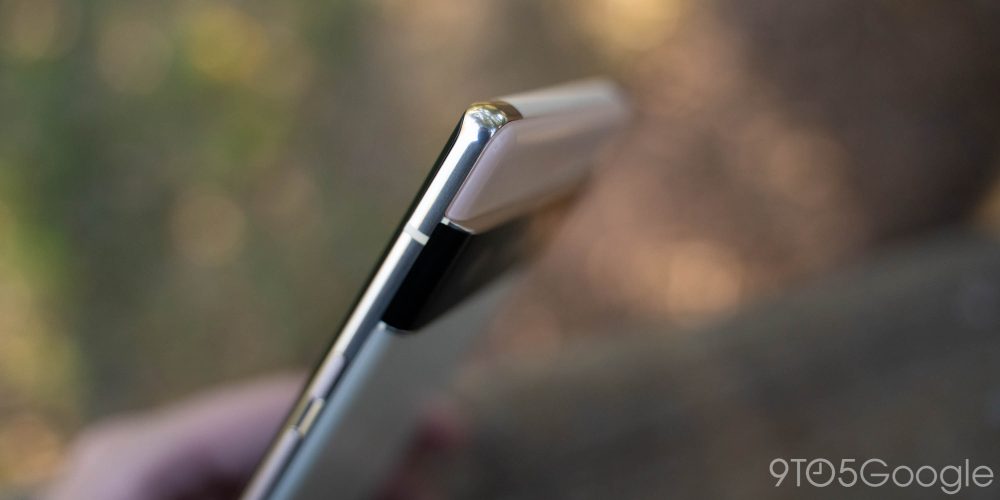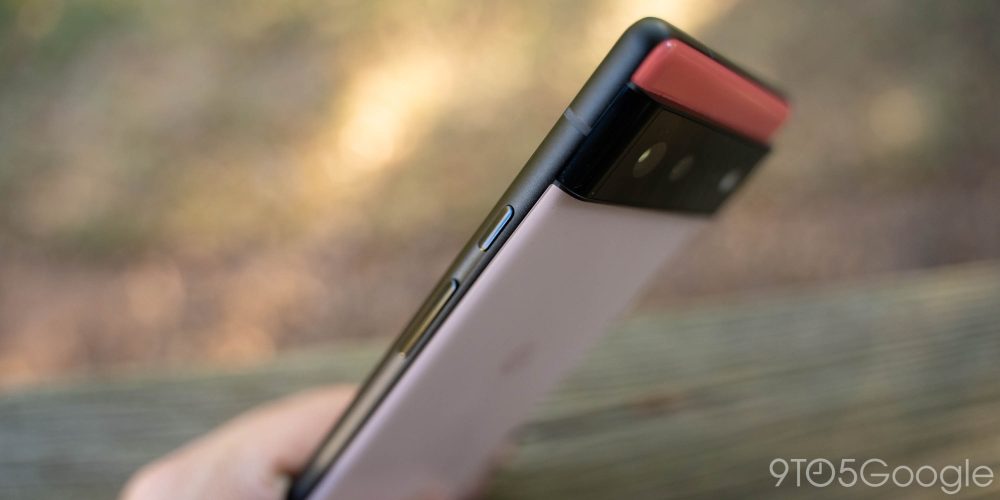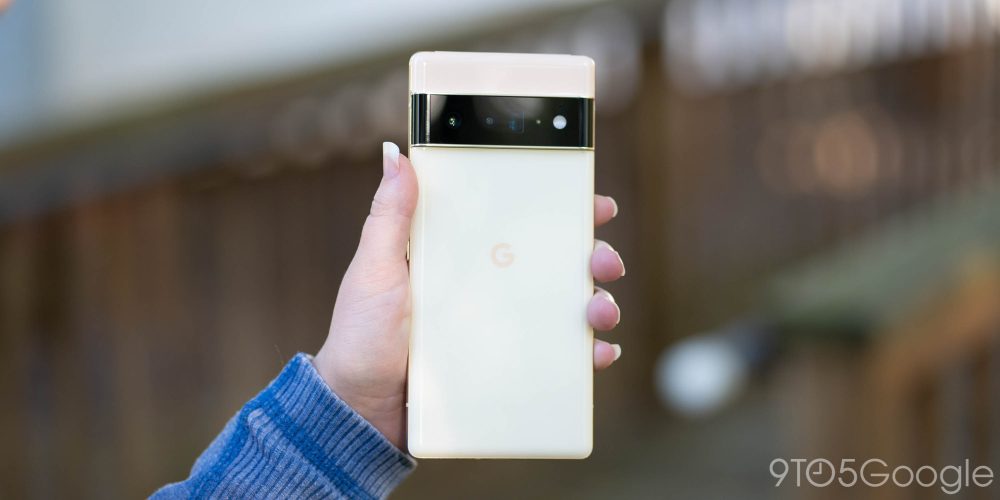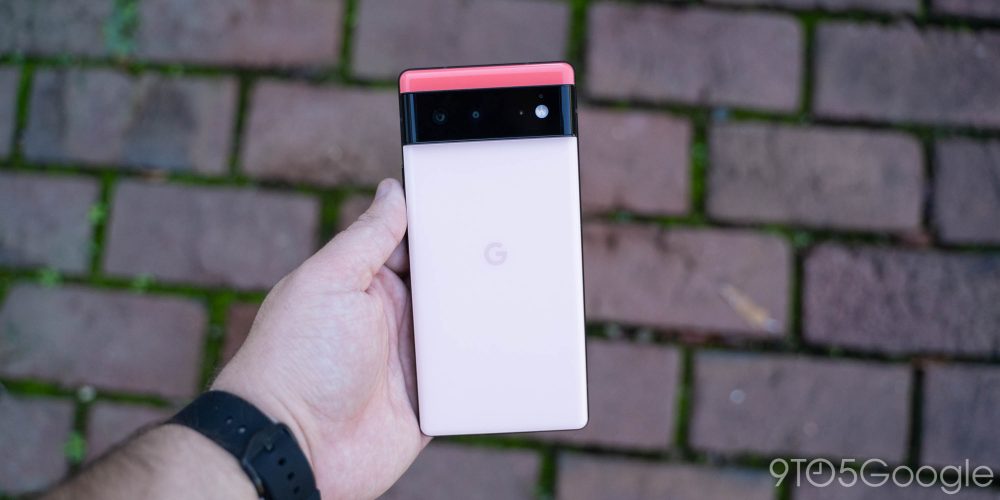
After months of official teasers and leaks, the most important Pixel phones to date have finally arrived. The Pixel 6 and Pixel 6 Pro are the first smartphones with Android 12, the Google Tensor chipset, and Google’s brand new camera system. But they don’t really feel like Google phones anymore, at least not at a first impression.
We, unfortunately, can’t yet get into great detail about the Pixel 6’s software, performance, or cameras. Still, we can talk about the physical hardware and how it feels to be using Google’s first truly flagship-tier smartphones.
Starting with the design, Google has certainly put out a unique look, but it’s one that feels familiar. The Pixel 6 and Pixel 6 Pro both adopt this funky visor design on the back with dual-tone colorways. I think it looks better in person than pictures make it out to be, but it’s a look that will be loved by some and hated by others. After about a day, it’s certainly growing on me, but the materials still give me pause.
The Pixel 6 and Pixel 6 Pro are crafted from Gorilla Glass Victus and aluminum, but with a few key differences. The Pro model has polished aluminum rails around the sides and curved glass on the front. The standard Pixel 6 has a flat display with bigger bezels and a matte black finish on the sides. Especially after using both phones in person, I’m a much bigger fan of the look of the Pixel 6 over the Pro model. It feels nicer in the hand, and curved displays remain the worst trend in mobile tech, and I’m beyond disappointed that Google has joined the wrong camp with its Pro model.

The other hardware disappointment is the finish for the back glass. Google opted for a glossy finish for both phones in all colors – it is a blast from the past in a bad way. Glossy designs went by the wayside years ago, and Google had by far the best matte finish on its Pixel 4 series back in 2019. Now, we’re taking a step backward with phones that, while not fingerprint magnets, are ridiculously slippery. This choice was likely to save cost, though Google says the finish was inspired by luxury jewelry and watches. Regardless of Google’s real reason, it’s a choice I greatly disagree with and makes both versions of the Pixel 6 demand a case or skin. I already dropped it once.
Addressing the elephant in the room, these phones are both big. Going from a Pixel 5 to either Pixel 6 model is a jarring experience. Even coming over from a Galaxy Z Fold 3, I felt put off by the width of the Pro model. However, the sizes here really aren’t all that different from the latest Galaxy flagships, and those are the devices selling en masse, so it makes sense for Google to target that market.
The displays, too, leave a great first impression. The 6.4-inch 1080p panel on the Pixel 6 is good, offering enough brightness and solid overall colors, but the QHD+ display on the 6.7-inch Pro is truly stunning. Speaking completely anecdotally and with barely 24 hours of use, I can say confidently this is the best display on a Pixel to date by a long shot, and it feels in line with what Samsung is putting out there. The 120Hz refresh rate on the Pixel 6 Pro is quick and super smooth, and the 90Hz setup on the smaller model isn’t too far behind. Even side by side, the difference isn’t stark.

These various decisions turn the Pixel 6 devices into the first phones Google has put out that just don’t feel unique, even though they’re arguably the most unique Android devices to come out in years.
Everything about the Pixel 6 series on a hardware level, especially the Pro, leaves the same first impression as any other flagship Android phone. From the front, they look like Samsung or OnePlus devices and don’t have that signature Google design language. The colors, I’d argue, are the only places where Google’s language shines through, and that’s a crying shame. Older Pixel phones stood out and felt like devices that only Google could design. The Pixel 4, for instance, felt “soft” in a way no other phone has since, and I’m sad that Pixel 6 is just further moving away from that vision.
That said, Google may have made the right call, even if longtime fans disagree. The Pixel 6 and Pixel 6 Pro are essentially a reboot for the series, and the hardware alone seems good enough to stand up to the big guns. Now, we’ll have to see if the rest does the same.
Stay tuned.
Pixel 6 pre-orders open today from the Google Store and other retailers.
More on Pixel 6:
- Google launches $599 Pixel 6, available October 28
- Google unveils Pixel 6 Pro with Tensor, 12GB RAM, 120Hz screen, & 4x telephoto from $899
FTC: We use income earning auto affiliate links. More.





Comments